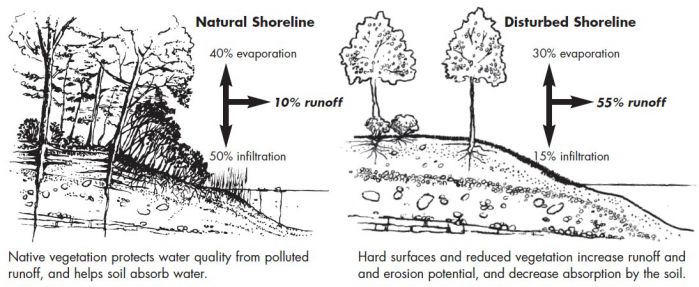1. Water Quality Protection
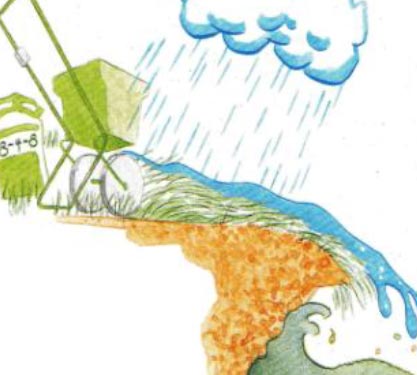 Surface water runoff contains pollutants such as:
Surface water runoff contains pollutants such as:
- Fertilizers (nutrients) & pesticides
- Soil particles (sediments)
- Road salt
- Vehicle fluids (gasoline, etc.)
- Others (pet/livestock waste, septic leachate, etc.)
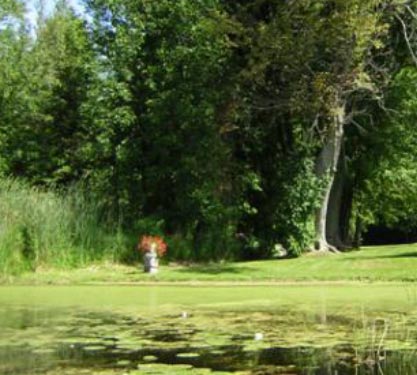 These pollutants result in:
These pollutants result in:
- Algal blooms & excessive weed growth
- Loss of recreation opportunities (swimming, boating, etc.)
- Loss of fish and wildlife habitat
- Overall contaminated watersources
- Potential contamination of drinking water sources
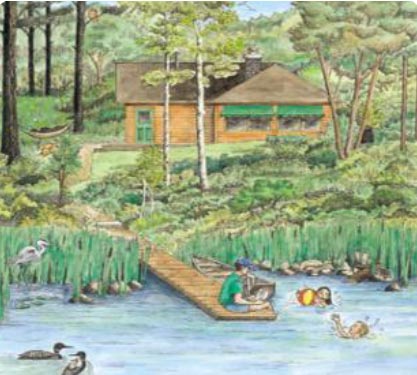 Naturalized, vegetated shorelines with lots of native trees and shrubs reduce these effects by acting as a buffer to:
Naturalized, vegetated shorelines with lots of native trees and shrubs reduce these effects by acting as a buffer to:
- Absorb nutrients and contaminants
- Trap sediments
- Encourage infiltration
2. Improved Wildlife Habitat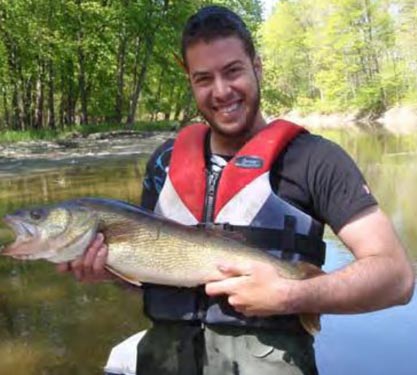
- Native vegetation along waterways provides shelter, food and safe travel corridors for wildlife.
- The berries of many shoreline shrubs provide a critical winter food source for birds and other animals.
- Fallen trees and over-hanging branches and vegetation are a natural occurrence and provide excellent habitat and refuges for fish.
- Shade provided by vegetation can significantly reduce water temperatures creating a more favourable environment for many fish species.
- Healthy fish habitat and communities contribute significantly to the economic and social interests of many Ontario communities. Angling is a $2.4 billion industry (annually) in Ontario. (Ministry of Natural Resources)
3. Erosion Protection
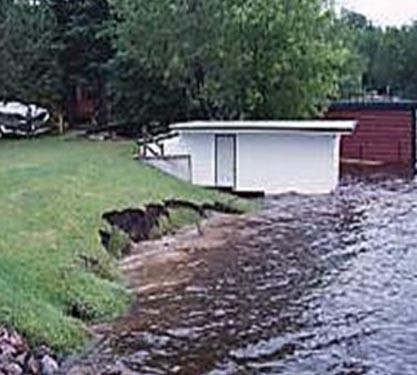 Soils along the shorelines of lakes, rivers and streams are gradually weathered, displaced and deposited by various means including wind, water, ice and gravity. Although erosion is a natural process, it can be dramatically accelerated by changes in land use such as the removal of shoreline vegetation.
Soils along the shorelines of lakes, rivers and streams are gradually weathered, displaced and deposited by various means including wind, water, ice and gravity. Although erosion is a natural process, it can be dramatically accelerated by changes in land use such as the removal of shoreline vegetation.
- Without the presence of a healthy vegetated buffer, shorelines have reduced resistance against erosion, potentially resulting in a loss of habitat, soil stability and land.
- Excess sediment in the water caused by erosion can be problematic for aquatic wildlife by reducing clarity, burying fish spawning grounds, clogging gills and limiting plant growth.
- Natural, vegetated shorelines help prevent erosion because the roots of trees and shrubs trap soil in place, stabilize the bank and help to absorb wave energy.
4. Others
Requires Less Maintenance
- Naturalized shorelines require less maintenance than alternatives such as turf grass and can be left to grow on its own with minimal pruning or trimming to maintain views.
Flood Abatement
- Shoreline vegetation helps to slow down surface water runoff and encourages infiltration into the ground. This helps to reduce peak water flow and flooding during storm events and spring melts. It also helps with ground water recharge.
- Stored water is released slowly during drier periods helping to maintain water levels.
Discourages Nuisance Geese
- Shoreline trees and shrubs discourage the presence of nuisance geese by obstructing their sight lines to the water.
- Discouraging geese prevents the accumulation of goose waste which contains e. coli and nutrients harmful to water quality.
Wind Breaks
Shoreline vegetation can help protect your property from wind by acting as a windbreak. Wind breaks have many benefits including:
- erosion protection
- reduced heating costs in winter
- reduced noise and dust













